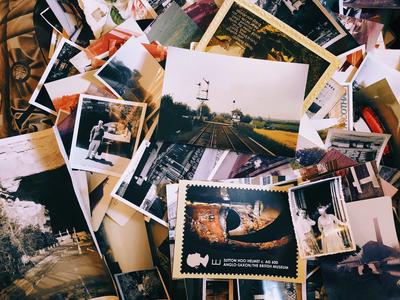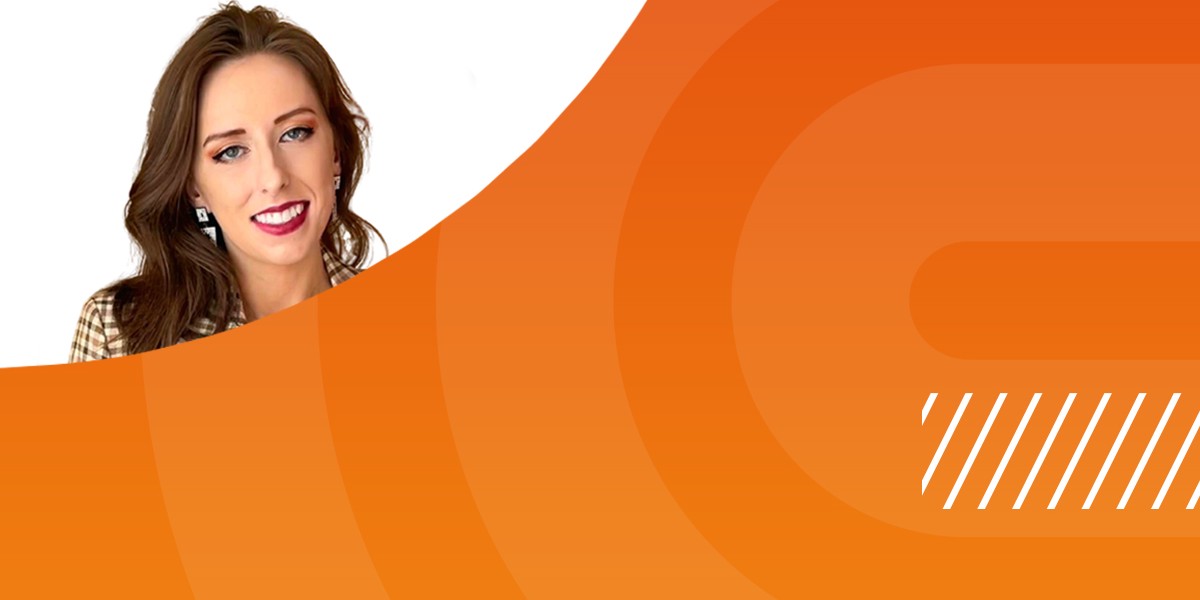
Image Processing, R&D, and tackling the ML challenge
By Freddie Lichtenstein
28 November, 2022
By Shaunagh Downing

“I am excited to join CameraForensics and be a part of all the great work they do. I am passionate about using maths and technology to make a positive impact on people’s lives, and working in CameraForensics is a great opportunity to make a real difference.”
With a passion to use her expertise in applied mathematics to drive true change, we’re very excited to welcome Shaunagh to the CameraForensics team. Below, we sat down with her to get to know her a little better – exploring what a role in R&D involves, the challenges of switching and how her PhD specialisms will further our mission.
“I heard about CameraForensics when I saw that they were looking for specialists shortly after completing my PhD in Applied Mathematics. My PhD involved creating a machine learning algorithm to improve the quality of seismic images. I developed an algorithm that optimises the data acquisition set up for the measurement of seismic waves, as well as optimising various other image reconstruction parameters.
I really valued the fact that my PhD work was going to be used to make a real-world impact. That’s also why CameraForensics really stood out to me. After learning about their mission, who they were trying to help, and the impact they make, I was really eager to get involved.”
“It’s exciting officially joining the CameraForensics team as a Research and Development engineer, and I’m happy to be able to put the skills I developed during my PhD to good use.
My role involves staying updated on the latest technical developments involving machine learning, image processing, and other techniques. Doing this means validating global academic research on these subjects, and applying them to our tools to make them more advanced and capable, as well as using them to develop new products.
I think some of the research I am most excited to become involved in is centred around deepfake imagery. Deepfakes can cause serious harm if they are used maliciously, and rapidly developing AI and ML tools have meant that deepfakes have drastically evolved in a really short period of time.
It would be interesting to look at sourcing innovative ways to quickly validate deepfake imagery. The goal of this would be to create some new techniques and processes that can be used repeatedly and reliably, giving investigators more tools to use in their research.”
“I think the biggest challenge has definitely been transitioning from the world of academia to this new world – mainly because the goals are so different.
When I was working on my PhD, my core goal was to create a novel algorithm, thoroughly test it and monitor the results. When this was done, the next step was to create a thesis that outlined the mathematical and computational process involved in deriving and implementing all aspects of my new algorithm, as well as the outcomes of running the algorithm on various experiments, clearly and in-depth. All research was motivated by coming up with something new and interesting.
However, in my new role, the objective has shifted focus. All research is done with the final application and potential benefit to others in mind. The goal is to find promising results from the latest literature, validate this research, and turn theory into usable impactful products. Above all else, these new tools need to be consistent and reliable – something that we can repeat time and time again.”
We’re pleased to welcome Shaunagh to our team, and we can’t wait to see the research and processes that she brings to our tools.
When Shaunagh isn’t at our Bristol offices, she can be found reading, cooking or going to a drag show. You can visit our ‘About Us’ page today to learn more about our full team.